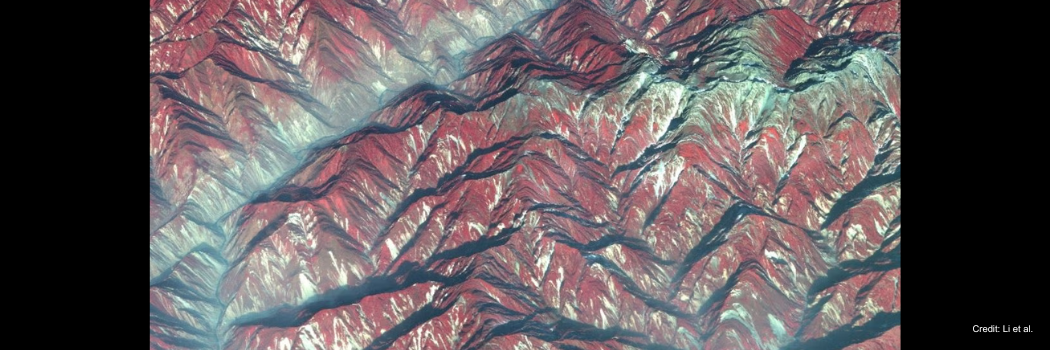
When the devastating magnitude 7.9 Wenchuan Earthquake struck central China in May 2008, it triggered more than 60,000 landslides, reshaping the slopes of the Longmen Shan mountains.
Now, an international research team including Professor Alexander Densmore from our top-rated Geography Department has revealed that the effects of this disaster have lingered far longer than expected.
Rivers can carry earthquake debris
The study found that the Min River, which drains part of the earthquake zone, has been carrying huge amounts of debris for at least ten years after the quake with no sign yet of returning to pre-earthquake levels.
Using data from the Zipingpu Dam, just 20 kilometres downstream from the epicentre, the researchers were able to track both fine sediments suspended in the water and the much coarser bedload of gravel and boulders rolling along the riverbed.
A surge in heavy material
The researchers discovered that the total sediment flowing through the river increased sixfold after the earthquake, while the coarse bedload surged by a remarkable 20 times.
This heavy material accounted for around 65% of the post-earthquake sediment, compared to a typical 20% for rivers of this size.
Future implications
The findings highlight that the risks from major earthquakes extend well beyond the initial shaking.
Sediment-choked rivers may overflow more easily, and rebuilding in affected areas without accounting for these changes could put lives at risk.
Beyond the hazard implications, the work also offers insights into a long-standing scientific question of whether earthquakes build mountains or wear them down.
The answer, the researchers say, lies in how quickly rivers can move the debris away (a process that may take decades).






